The Fullness of Omission
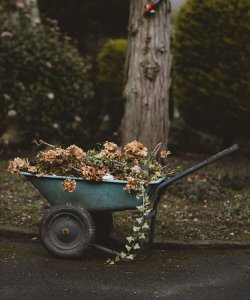
The author of The Art of Brevity: Crafting the Very Short Story explores what is gained by cutting elements of a narrative.
Jump to navigation Skip to content
In our weekly series of craft essays, some of the best and brightest minds in contemporary literature explore their craft in compact form, articulating their thoughts about creative obsessions and curiosities in a working notebook of lessons about the art of writing.

The author of The Art of Brevity: Crafting the Very Short Story explores what is gained by cutting elements of a narrative.

The author of The Art of Brevity: Crafting the Very Short Story ponders the seductive power of laconic prose.

The author of What Can I Tell You?: Selected Poems examines poetic approaches to narrative.

The author of What Can I Tell You?: Selected Poems explores the poetic potential of vernacular language.

The author of What Can I Tell You?: Selected Poems considers how lyric poetry may communicate beyond the realm of private experience.

The author of The Boundaries of Their Dwelling considers how best to get into characters’ heads.

The author of The Boundaries of Their Dwelling explores fiction’s holy commandments—and when a writer has license to defy them.

The author of The Boundaries of Their Dwelling argues that writers should be as open to influence during revision as they are at the beginning of a project.

The author of The Boundaries of Their Dwelling counts the many ways a novelist may get lost, but ultimately find a way through, a book project.

The author of The White Mosque troubles the boundary between realist and genre fiction.

The author of The White Mosque considers how writing holds space for the accidental, the random, and the stray.
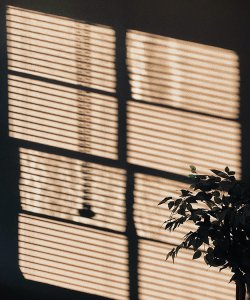
The author of The White Mosque charts the ambience of literary worlds.

The author of The White Mosque offers an ode to intertextuality.

The author of Selected Books of the Beloved investigates the uses of specificity in narrative poetry.

The author of Selected Books of the Beloved illuminates the power of narrative to move a poem forward.

The author of Selected Books of the Beloved explores enumeration as a source of poetic possibility.

The author of Selected Books of the Beloved reflects on the sonic pleasures of verse and offers an exercise in attending to poetry’s music.

The author of Animal Joy: A Book of Laughter and Resuscitation reflects on the importance of letting the mind wander to release blocked creativity.
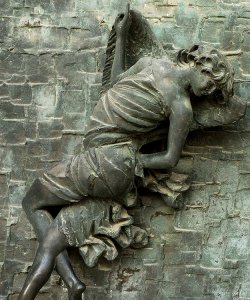
The author of Animal Joy: A Book of Laughter and Resuscitation considers the link between the author’s emotional state while writing and the reader’s engagement.
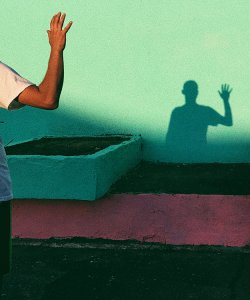
The author of Animal Joy: A Book of Laughter and Resuscitation offers a psychoanalytic approach to imagining the reader.

The author of Took House explores what happens when poets permit themselves to write about the same subject multiple times.

The author of Took House explores the importance of “strangeness” in poetry and offers a method for capturing this quality by combining two different draft poems.

The author of Took House explores a kinder approach to revision, in which language cut during one editorial process may be saved as material for a new writing project.

The author of [WHITE] explores the benefits of writing to a specific audience and the risks of trying to meet the market’s imagined demands.
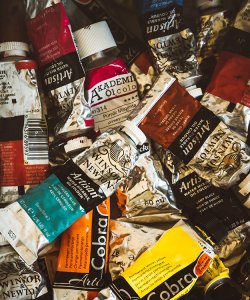
The author of [WHITE] considers how writers might take inspiration from visual artists in their approach to revision, pushing beyond surface editing to “see” their work afresh.